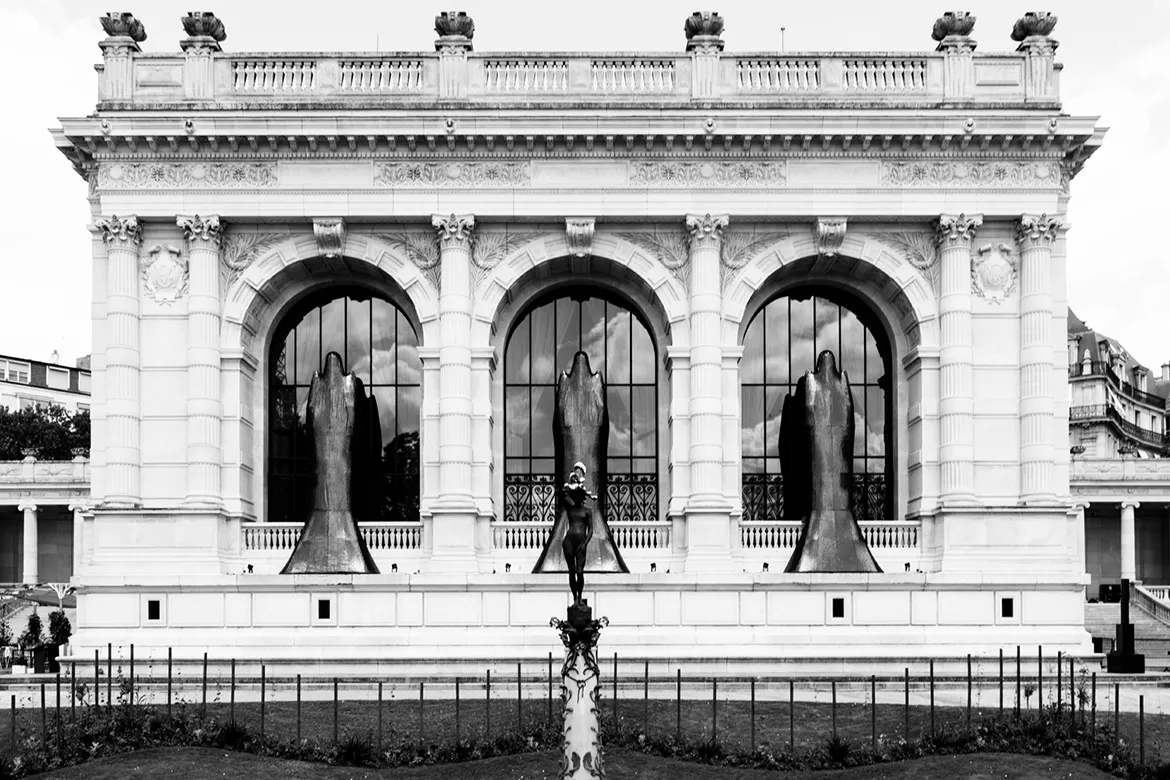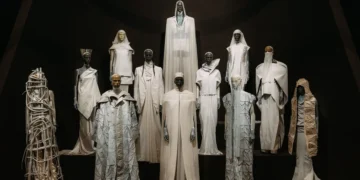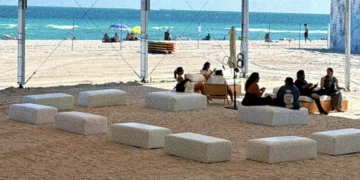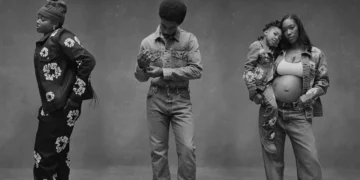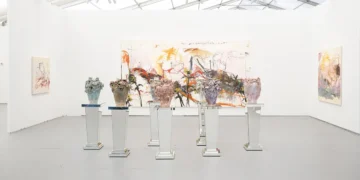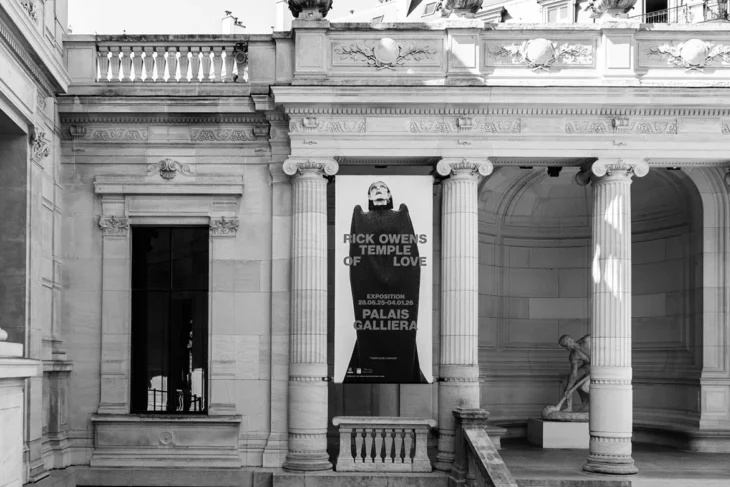
Rick Owens has taken over the Palais Galliera in Paris with Temple of Love, an expansive exhibition open from June 28, 2025, to January 4, 2026. This marks the first time the Paris Fashion Museum has dedicated its full program to Owens’ work. The show charts his evolution from early experiments in Los Angeles to his most recent collections, while reshaping the museum itself into an immersive environment designed in collaboration with Owens, who also served as artistic director for the project.
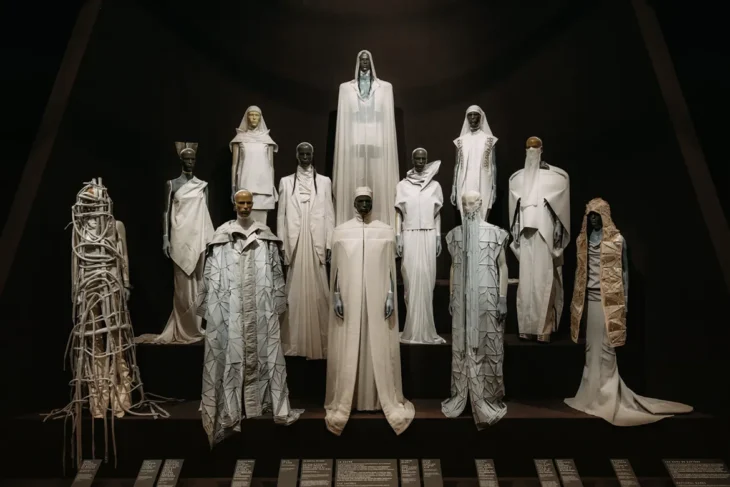
The story I’ve been telling all along is about the concerns we are all processing every day… Together and alone… Finding the right balance between control and collapse, action and acceptance, defense and love… And I have done my best to offer an alternative to the standard cultural aesthetics within which not all of us feel reflected… – Rick Owens
A Career Rooted in Los Angeles and Shaped in Paris
Born in California in 1961, Owens began working as a pattern-cutter in Los Angeles before establishing his label in 1992. From the start, his work carried the marks of underground culture and the elegance of 1930s fashion. Constraints pushed him toward reclaimed materials, military fabrics, army blankets, and worn leather, which he reconstructed into garments that felt sculptural in form and sharp in silhouette. His palette of muted tones, particularly his signature “dust” grey, became integral to his vocabulary.
In 2003, Owens relocated to Paris, where his runway presentations became a platform for expression beyond clothing. He used his shows to challenge social hierarchies and gender expectations. His casting choices and performative gestures, such as featuring an all-female, mostly Black step dance team or presenting male nudity in unfiltered form, provoked conversation and reinforced his views on power, inclusion, and vulnerability. These same ideas have informed the tone and scope of the exhibition.
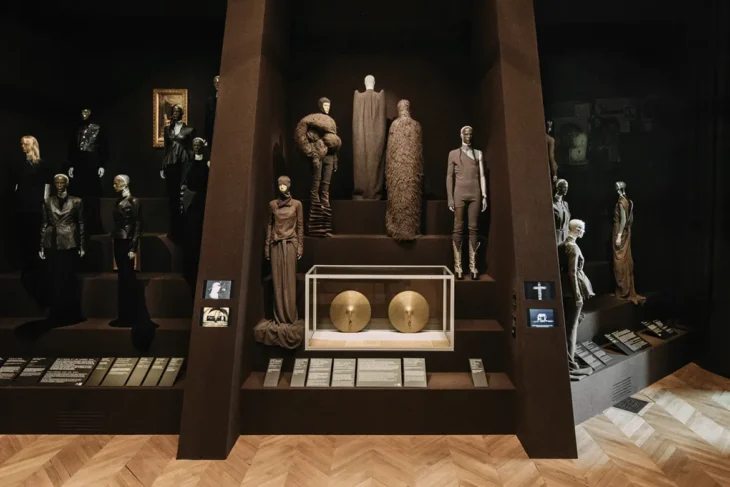
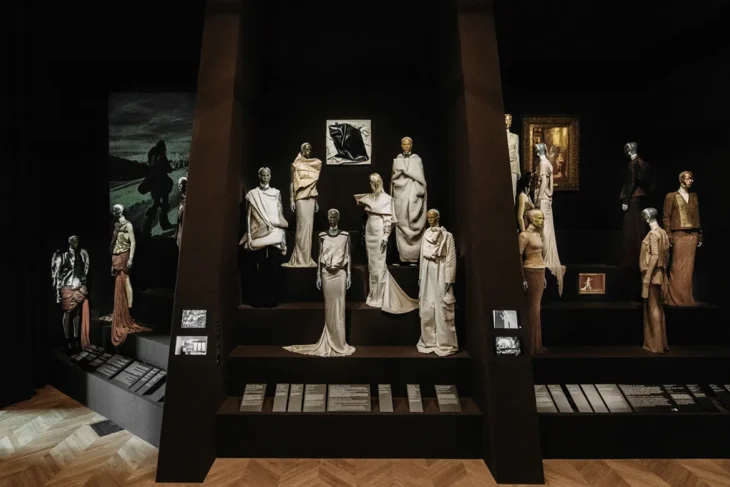
Over 100 Silhouettes and a Garden of Sculptures
The retrospective includes over 100 looks from throughout Owens’s career, shown alongside private documents, video works, and installations created specifically for the exhibition. This includes a partial reconstruction of the bedroom he shared with his wife and longtime creative partner Michèle Lamy. Her presence is integral to the show and underscores the personal dimension of the installation.
Owens’s references are also placed in direct dialogue with his designs. Works by Gustave Moreau, Joseph Beuys, and Steven Parrino appear throughout the galleries, offering context for the emotional and conceptual material Owens has drawn from for decades. The exhibition spills out from the interior galleries into the public-facing spaces of the Palais Galliera. Sculptures and installations occupy the museum’s façade and garden, including thirty large cement forms echoing Owens’s own furniture designs. In the garden, Californian vines and native plants provide a living nod to his West Coast origins.
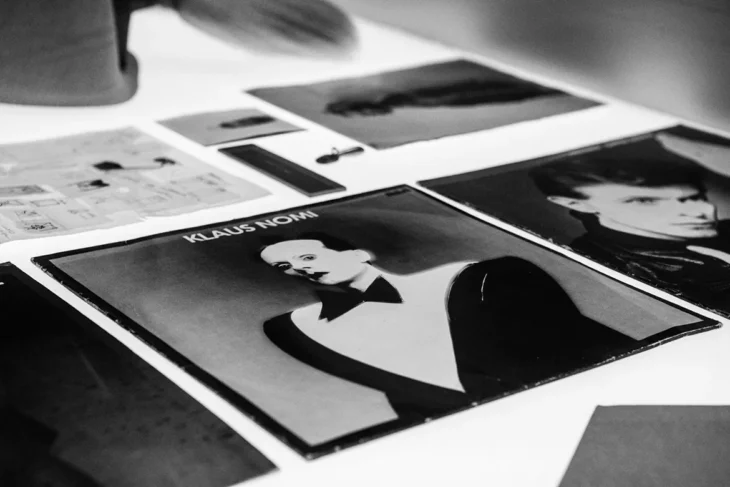
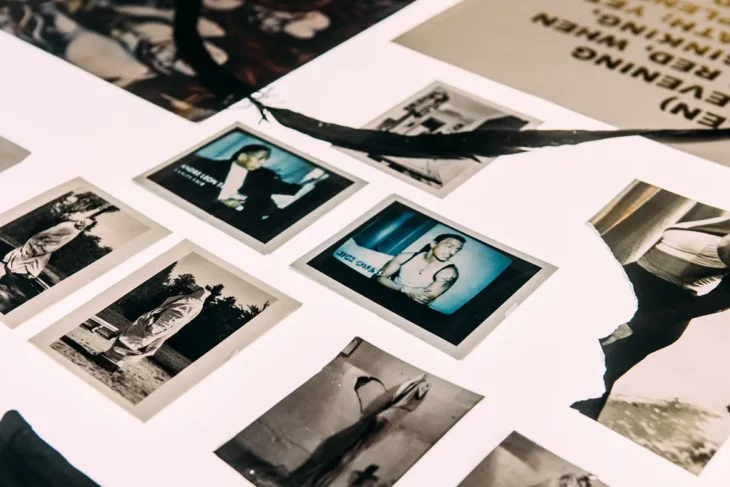
A Personal Narrative in Public Space
The title Temple of Love speaks to the scale and intention behind the exhibition. Owens’ contribution reaches beyond a standard fashion retrospective. He treats the museum as a vessel for his own story, one built from both internal struggle and idealism. His clothes carry that tension, between restraint and confrontation, structure and exposure. The exhibition suggests that this duality is less a contradiction than a personal truth.
Owens’ statement, reproduced in the exhibition booklet, recalls the words he wrote at the beginning of his career. He describes his work as a personal document, reflecting both aspiration and failure, tenderness and ego. In Paris, three decades later, that sentiment still shapes his approach. He positions his work as an alternative to cultural templates that often exclude. He does not seek to replace them, only to offer another route.
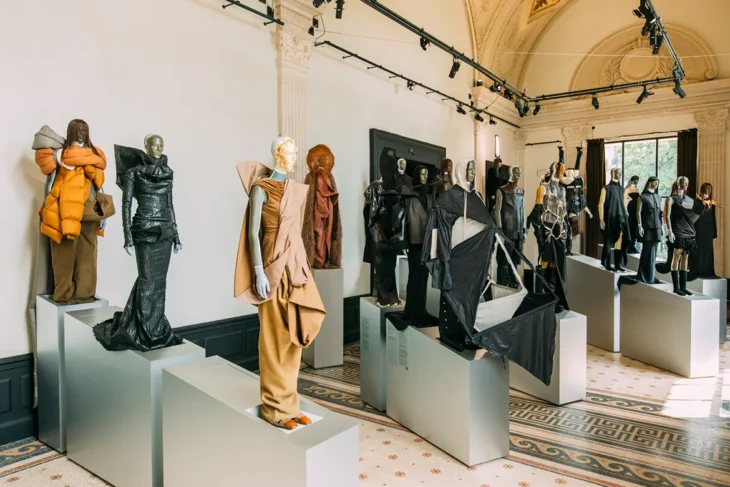
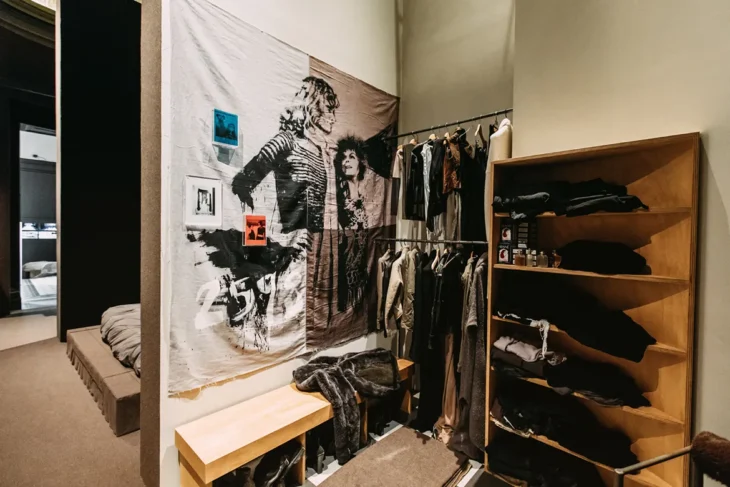
An Invitation to Engage
The exhibition transforms the museum into a space of engagement, architectural, emotional, and political. Owens’s work, while intensely personal, opens a door for broader conversation about identity, representation, and the role of fashion in reflecting and resisting dominant narratives.
His hope is that visitors find something of themselves within the work. That invitation, like the exhibition itself, is direct and uncompromising. It asks for attention and offers something honest in return.
